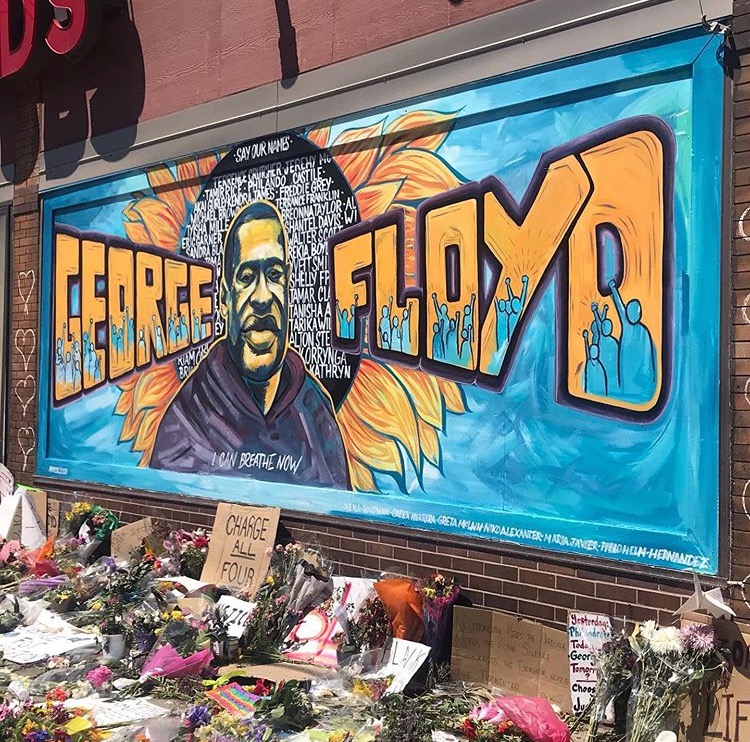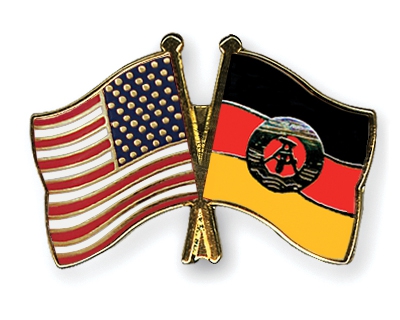Last month, the results of the “First-Ever 50-State Survey on Holocaust Knowledge of American Millennials and Gen Z” were released. These results were shocking, as they found that 48% of respondents couldn’t name one concentration camp or ghetto that existed during World War II. Furthermore, respondents were unable to identify that 6 million Jews were murdered during the Holocaust.
Interestingly, this study depicted Minnesota’s relative success in the area of Holocaust education. It found that 64% of Minnesotans surveyed could name a concentration camp or ghetto, and 75% could identify Auschwitz. Yet, Stephen Smith, UNESCO Chair of Genocide Education, took great issue with this survey, arguing that genocide education is more than being able to identify specific historical facts. While he argues these facts are important, he highlights the findings of another recent survey.


